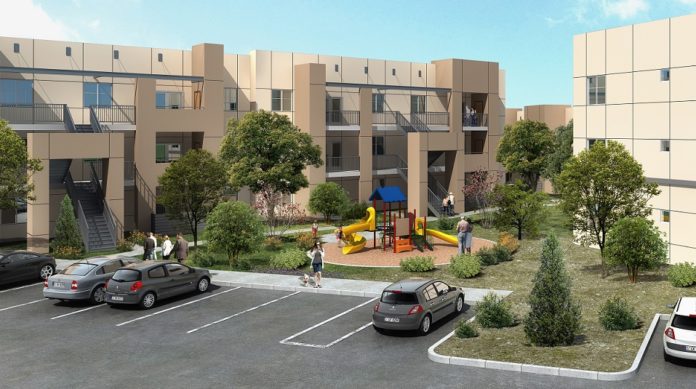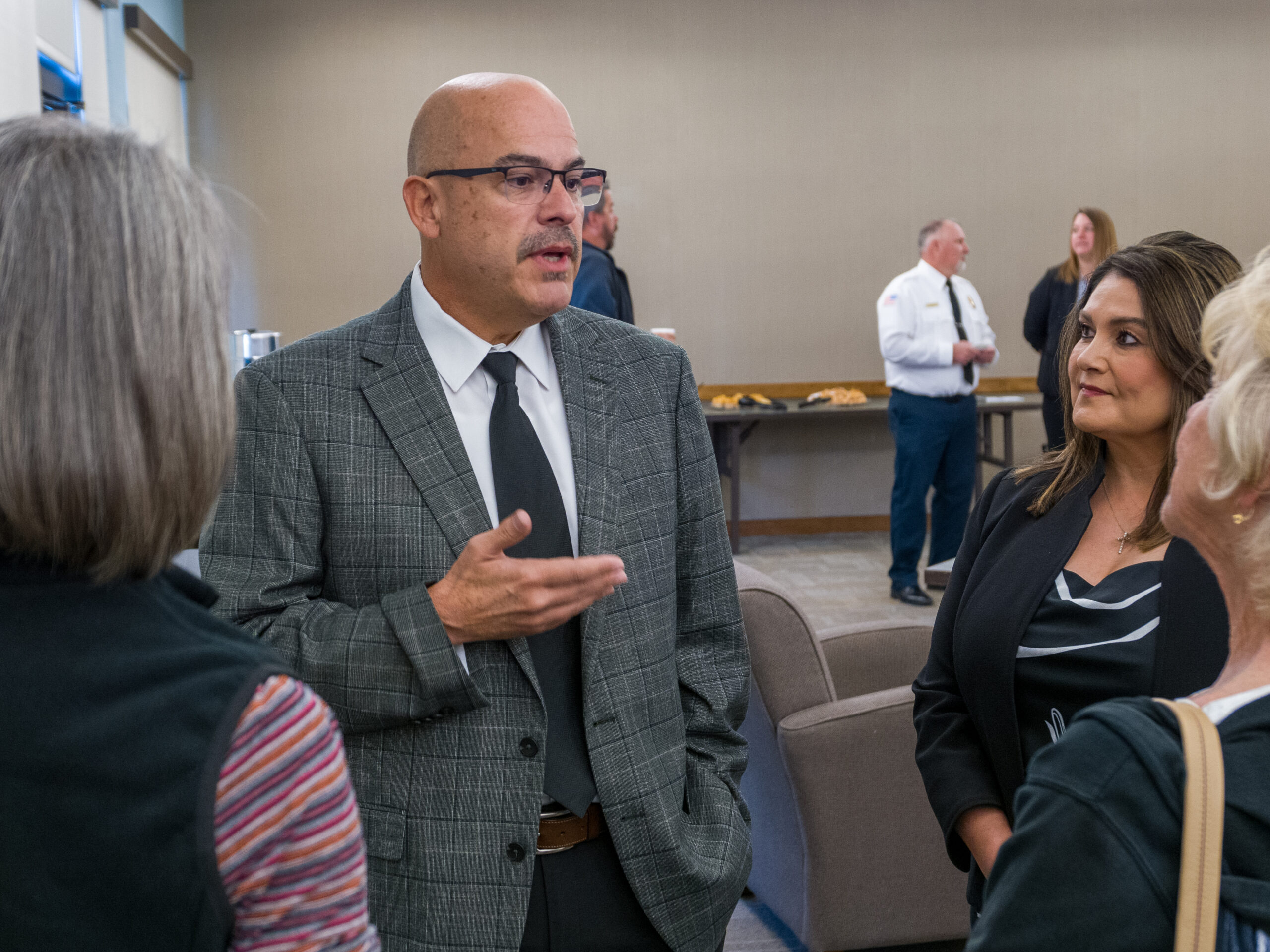A Sedona resident is planning on building a 192-unit apartment complex on Candy Lane in Cottonwood near Verde Valley Medical Center. While not set to open until 2022, the complex will add nearly 200 units to the Verde Valley’s depleted rental supply.
We find it completely unsurprising that the only way the Sedona area’s dearth of affordable or reasonable or workforce housing might get any relief is if other communities step up and do what Sedona leaders can’t or flat-out won’t do. Sedona is a landlocked city and as it approaches build-out — when every available parcel is built on or has plans to be built on — fewer and fewer sites will be available for apartment complexes unless a developer demolishes an existing building.
As rental prices increase, Sedona’s solution to its housing problem is to force its workers to live in Cottonwood, Cornville, Rimrock, Jerome, Clarkdale, Page Springs or Camp Verde and commute into their workplaces. But this means reasonably priced housing in the Verde Valley begins to creep up in cost as the market diminishes.
One of the co-developers of this Cottonwood property recently applied to fill a seat on the Sedona City Council. It is telling that no member of the council offered a single vote to the one applicant actively trying to build housing and help alleviate the biggest problem in the Verde Valley.
The lack of any vote for that candidate tells working class residents that the current Sedona City Council really don’t care about its housing problems, not that we thought they ever did anyway, and has no problem shifting its problems to other communities.
After the copper mines and the smelters closed in Jerome and Clarkdale, Sedona became the economic powerhouse of the Verde Valley for decades, drawing tourists to the Verde Valley for hiking and tours, with other cities providing extra workers and offering secondary tourism opportunities on the Verde River or in the ghost town-turned-artist haven of Jerome.
While many still think Sedona is the anchor of the Verde Valley, it really is Cottonwood. For the last 20 years, Cottonwood has used the excess workforce population from Sedona to build itself into a larger and more economically powerful city. It also took advantage of the budding wine industry in Page Springs, Jerome and Cornville to position itself as a tourist destination unto its own.
But the wide swathes of land that are ideal for apartment complexes and reasonably priced housing developments will be Cottonwood’s true currency. Workers collect paychecks from Sedona tourists and spend them at Cottonwood retail stores and services and the city collects the taxes for parks, buses and amenities.
The city of Sedona doesn’t offer any real support nor spend any on significant deals that could allow affordable housing projects to come to its area, so developers balk and look toward other communities here or elsewhere in Northern Arizona. The land where an apartment building or duplex or town homes could be built on stays vacant, until a hotelier buys it and wants to build a hotel. And that means more workers are needed from the Verde Valley and very few will be coming from Sedona proper. Employers have to raise their salaries so that the headache of a long drive for workers from the Verde Villages or Clarkdale or Lake Montezuma feels worth it.
Meanwhile these developers of hotels and other projects in Sedona get fleeced for units or cash to put back into a rainy-day fund for use on a planet with no rain.
Even one big, perfect complex of 500 units will not solve our lack of housing problem, nor should we pretend that housing issues will be solved with one project.
With a small inventory of rentals, renters are charged exorbitant prices for the limited supply of long-term rentals and many workers choose to leave rather than pay double what they must in other towns. When there is a wide variety of available housing options — apartments, single-family homes, duplexes, government-supported properties, apartments partially funded or managed by nonprofits, etc. — the overall housing inventory gives more housing options to workers and working families.
Cottonwood is fixing the housing problem Sedona caused, but is doing so now not entirely because Sedona won’t but because it’s smart policy to build for its own workforce.
Christopher Fox Graham
Managing Editor



